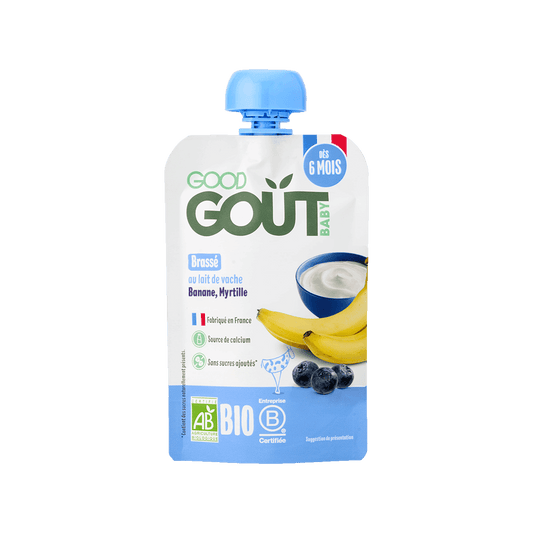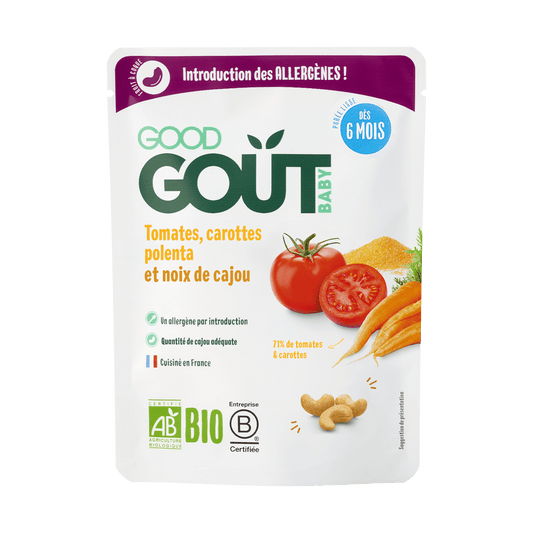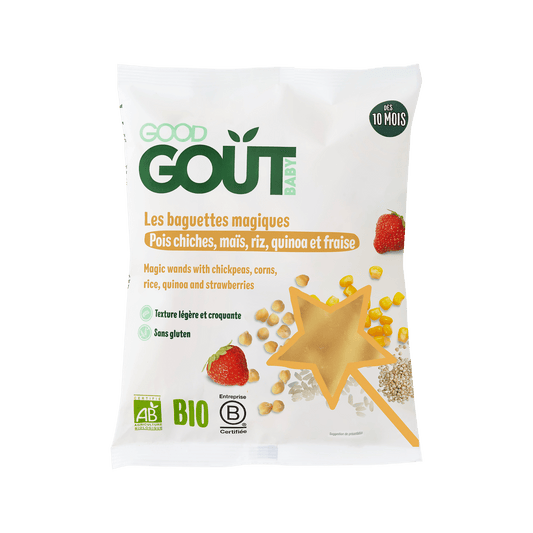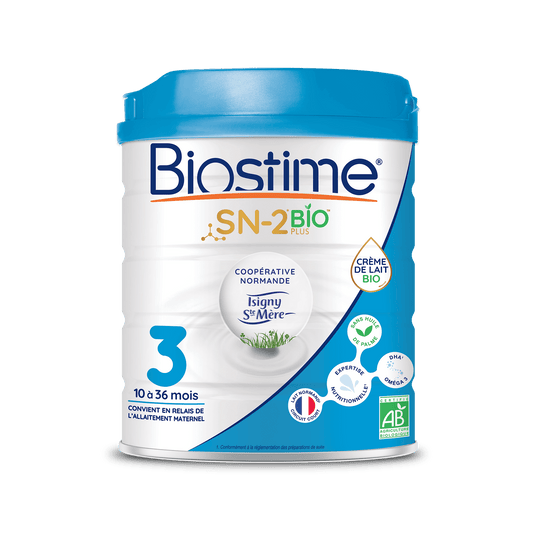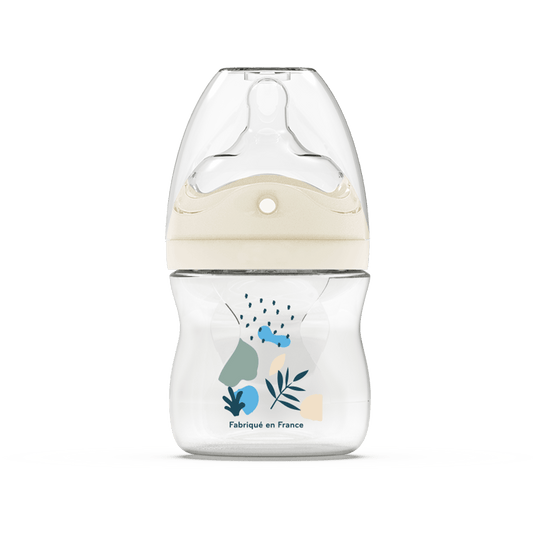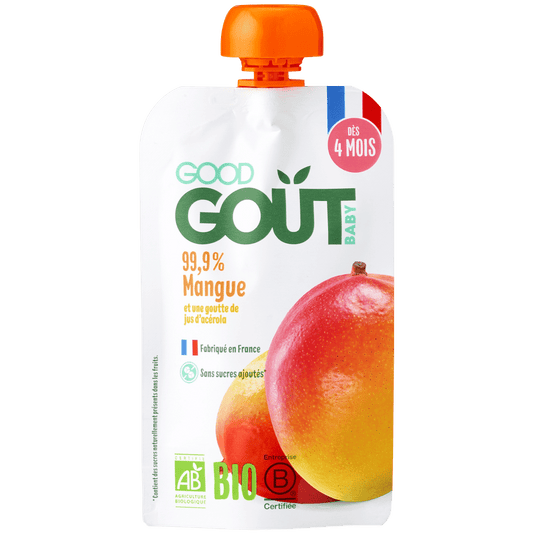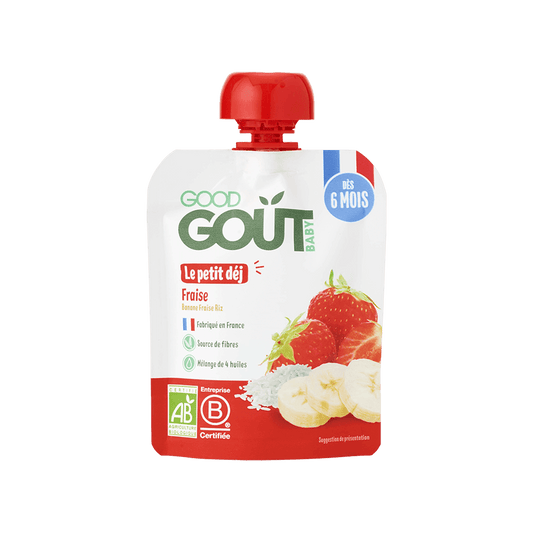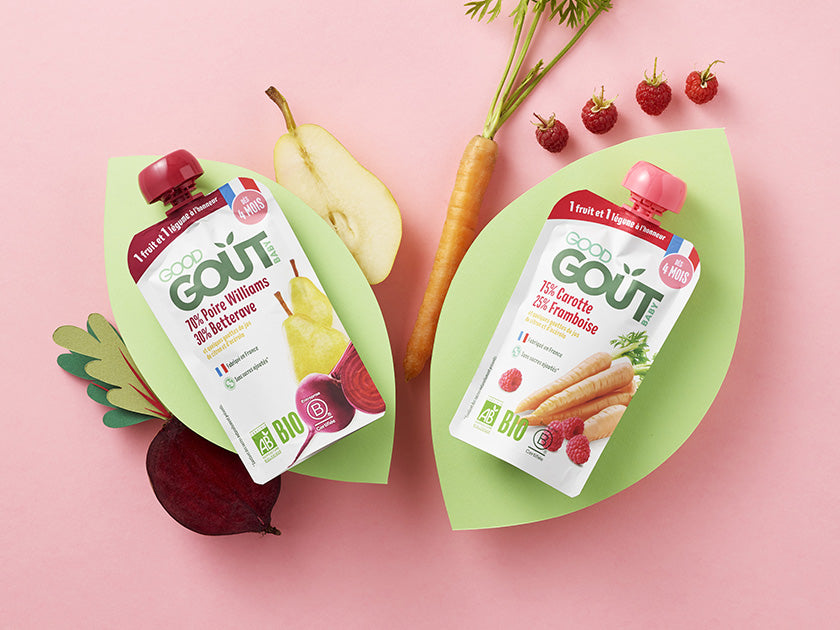Important notice: Breast milk is the ideal and natural food for every infant. It is best suited to their specific needs. When using infant formula, when the mother is unable or unwilling to breastfeed, it is important to strictly follow the instructions for preparation and use and to follow the advice of a medical professional.
Choosing infant milk is one of the first concerns of any young parent when their baby arrives.
The WHO recommends that infants be exclusively breastfed for the first 6 months of life. Breast milk contains all the nutrients your baby needs for growth and development. Afterward, to meet your baby's evolving nutritional needs, breastfeeding should be continued and supplemented with nutritionally appropriate foods. However, it is recommended to continue breastfeeding until at least 2 years of age. 1
However, if you can't or don't want to breastfeed, there are a variety of infant formulas that may be suitable for your baby's diet. There are several important criteria to consider when making your choice. We'll explain everything in this article so you can choose the best infant formula for your baby.
What are the different types of infant milk?
First of all, it is important not to confuse infant milk with other "milks" consumed beyond the age of 3, as these do not meet the nutritional needs of infants and young children (cow's milk, goat's milk, vegetable drinks, for example).
WHO 1 recommends that breast milk is preferred. When you cannot or do not wish to breastfeed, infant formulas are an option.
These specifically meet the nutritional needs of your child between 0 and 3 years old, in compliance with current regulations.
They are divided into 3 categories:
· Infant milks (also called infant formulas) for babies from 0 to 6 months,
· Second -stage infant milks (also called follow-on formulas) for babies between 6 months and 1 year (alongside dietary diversification) 2 ,
· And growth milks for infants and children from 10-12 months to 3 years 3 .
Finally, it is necessary to differentiate between "standard" infant milks and those which can only be used under medical supervision and which are intended to meet even more specific nutritional needs.
Infant milk standards
Regulations strictly govern the composition of various infant milks sold in the European Union. Generally produced from cow's or goat's milk, the composition is concentrated to approximate that of breast milk.
Infant milk standards include conventional formulas and formulas from organic farming . Organic infant milks meet the nutritional needs of babies while taking into account sustainable development issues.
Infant milk under medical supervision
If your baby suffers from functional disorders or specific pathologies, the advice of a healthcare professional is essential; they will guide you towards a specific infant milk. There are hypoallergenic infant milks, anti-regurgitation infant milks, and even specific formulas for babies allergic to cow's milk protein (CMPA) or goat's milk.
Infant milks under medical supervision intended for chronic pathologies (allergy to cow's milk proteins, gastroesophageal reflux, etc.) are prescribed by your healthcare professional and sold only in pharmacies 3 .
Finally, note that some non-prescription infant milks are also available in pharmacies. These are infant milks formulated for babies with mild digestive problems, such as constipation or lack of satiety. 3 In this case, the pharmacist's advice will be invaluable in helping you make the choice that best suits your child.
What criteria should be taken into account when choosing infant milk for babies?
The first criterion for choosing infant milk: the baby's age
Nature is well-designed because the composition of breast milk evolves over time to adapt to your baby's nutritional needs and growth. When it's time to wean your baby, infant formula takes over from the age of 6 months to 3 years. And, if you can't or don't want to breastfeed, you can choose infant formula from the moment your baby is born. For more information, consult a healthcare professional.
From 6 months, if exclusive breastfeeding is not continued, baby can move on to infant milk designed to continue to support their growth, alongside the diversification of food which begins between 4 and 6 months. , unless otherwise advised by a healthcare professional. Remember, the introduction of new foods to your baby, whatever the age, is taken in agreement with the latter. Just like the transition to growth milk , which is done between 10 and 12 months 4 .
Why choose infant milk over drinking milk?
Compared to cow's milk, growing-up milk contains approximately 30 times more iron 4 to avoid iron deficiency, the most common in children. It also contains half as much protein to get closer to the recommended protein intake, as well as a mineral salt content (to avoid an impact on the kidneys) . Finally, it is enriched with vitamins A, E, C and D 5
There are also infant milks containing dietary fiber and/or lactic ferments.
The prebiotics used are often GOS (Galacto-Oligosaccharides) or FOS (Fructo-Oligosaccharides). Dietary fiber helps to "feed" the good bacteria present in your baby's intestinal microbiota 6 .
For lactic ferments, the administration of B. infantis (Bifidobacterium longum subspecies infantis) has shown, for example, an important role in the development and maturation of the immune system 7 . In general, dietary fiber or lactic ferments have a positive impact on the health of babies, via their effect on the intestinal microbiota 8
What infant milk should I use after leaving the maternity ward?
Immediately after delivery and in the two or three days that follow, the mammary glands will produce colostrum, a liquid very rich in proteins and antibodies that help the baby's immunity 12 . Did you know? The beneficial effects are present from the first feeding of colostrum!
Between the 2nd and 5th day after birth, breast milk changes composition 9 , it becomes richer in lactose and lipids until the appearance of mature milk after about two weeks.
If you do not wish or are unable to breastfeed, the maternity ward provides small bottles of infant formula. Upon leaving the maternity ward, you can continue to breastfeed with bottles of infant formula.
If your baby doesn't like the latter, you can contact your pediatrician who will direct you towards another product: don't forget that he or she is there to advise you and support you in your first steps as parents, so don't hesitate to ask his or her opinion.
To your testimonies!
We hope this article has answered your questions.
If you have any questions, or would like to share your experience with us, please do not hesitate to write to us at contact@biostime.fr or by private message on Instagram @biostime.fr.
1 SGD; Infant and Young Child Feeding, 20/12/2023, available here: https://www.who.int/fr/news-room/fact-sheets/detail/infant-and-young-child-feeding
2 Mpedia, Which infant milk to choose, 04/06/2024, available here: https://www.mpedia.fr/art-choix-lait-infantile/
3 Mpedia, Growth milks: why, for whom? 12/07/2020, available here: https://www.mpedia.fr/art-choix-des-laits-croissance/
4 https://ciqual.anses.fr/#/alimentation/19050/lait-ecreme-uht
3 Mpedia, Which infant milk should you choose? 04/07/2024, available here: https://www.mpedia.fr/art-choix-lait-infantile/
5 Mpedia, Growing-up milks, 09/22/2023, available here: Growing-up milk or cow's milk? What's good for baby - mpedia.fr
6 Mpedia, Should you choose a 3rd age milk containing Fos/Gos? consulted on 03/06/2024, available here: https://www.mpedia.fr/qr/faut-il-choisir-lait-3-age-contenant-fos-gos/
7 Chichlowski, M., Shah, N., Wampler, J.L., Wu, S.S., and Vanderhoof, J.A. Bifidobacterium longum Subspecies infantis (B. infantis) in Pediatric Nutrition: Current State of Knowledge. Nutrients, 2020, available here: https://doi.org/10.3390/nu12061581
8 Sara Djoudi, Effects of artificial milk supplemented with prebiotics and/or probiotics on infant health, 2020, available here: https://dumas.ccsd.cnrs.fr/dumas-02988273v1/file/DJOUDI_LAITS_ARTIFICIELS_SUPPLEMENTES_PREBIOTIQUES. pdf
9 ADLF, Composition of breast milk, 07/18/2016, available here: https://association-des-lactariums-de-france.fr/composition-du-lait-maternel/

